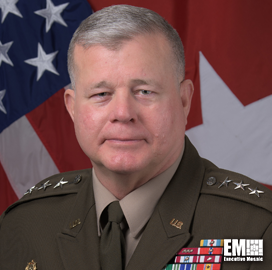The Office of Space Commerce is soliciting proposals for a new commercial pathfinder project.
The OSC said Tuesday it is inviting commercial space situational awareness companies to submit proposals for a new commercial pathfinder to support the Traffic Coordination System for Space, or TraCSS, project.
The Improved O/O Ephemeris Pathfinder project is intended to evaluate the accuracy and efficiency of a satellite’s ephemeris, or its position and velocity at certain times, using data provided by satellite owners and operators. The project’s main objective is to establish the standard for ephemerides and determine the methods of achieving these benchmarks.
OSC made three orders in the Global Data Marketplace for the project. These are:
- Generate ephemerides for satellites in low Earth orbit
- Generate ephemerides for satellites in geostationary Earth orbit
- Two companies to monitor data quality from the above two orders
Interested vendors may submit their proposals for the TraCSS pathfinder project until Sept. 16 at 12:00 noon EDT.














